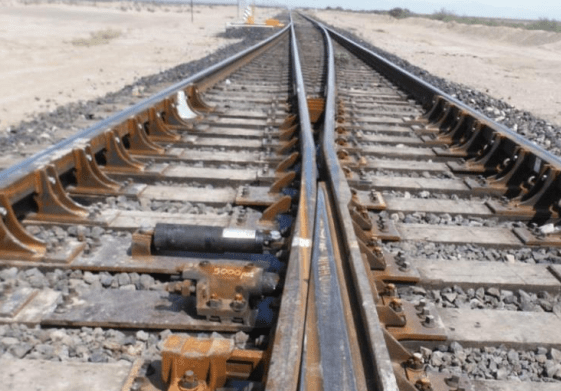In Mexico there are difficulties in exercising current rights of way and establishing new ones, said the Federal Commission for Regulatory Improvement (Cofece).
Cofece established this position as part of its Study of competition in the public freight rail transport service, in a version for public comment.
Rights of way allow the trains of one concessionaire to travel on the tracks of another by charging a consideration, which is why it is an important mechanism to increase connectivity and introduce some competitive pressure.
However, there is little use of rights of way since, of the 54 rights of way feasible to use, 10 are not used and in eleven no evidence was found that they are being used.
It could only be verified that 61% of the established rights of way are used.
These problems are accentuated, according to Cofece, because:
- The use of rights of way has restrictions for their use and their interpretation is at the expense of the concessionaires.
- ARTF has not issued provisions or technical conditions that define the criteria for using existing or new rights of way.
- The length of the new rights of way that can be granted is restricted to the length of the roads that were granted in concession.
Cofece
Ferromex and KCSM operate the two largest networks (71% of the network operated) and concentrate the concessions in most of the most important nodes in terms of cargo volume, including all border crossings in the north of the country and ports with the highest volume of international trade, which allows them to move up to 82% of the load in the system.
From the Cofece point of view, the system was designed so that concessionaires with the shortest networks would give open access to their roads to concessionaires with the largest networks, before reciprocal access occurred, which affects the “ court is not even ”between small and large concessionaires.
«A more symmetrical network design between dealers, with similar exclusivity durations, would have resulted in more competition in the system, matching the bargaining power among competitors to access the other networks,» Cofece said.
![]()

